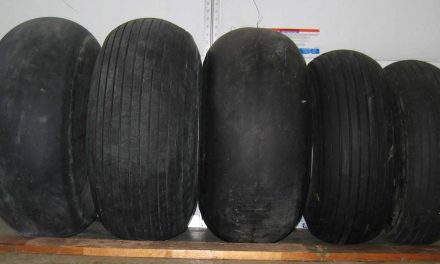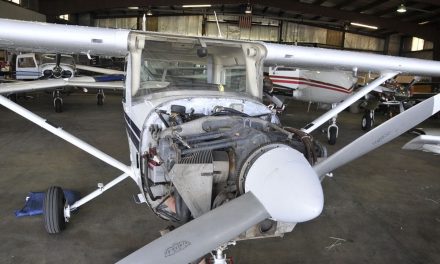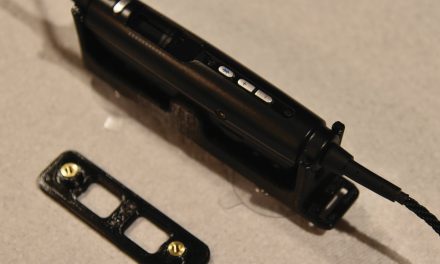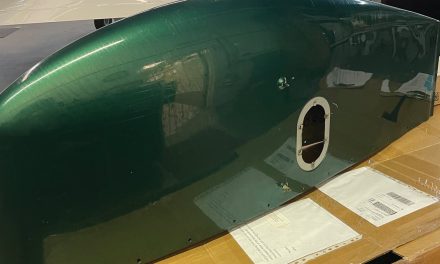You may see this term or its acronym (ICA) on an FAA form 337, a log entry, or written on a packet of papers in your aircraft’s document file.
You may hear your mechanic say something about them when they hand the aforementioned over to you after a modification of your airplane.
But what does it mean, what do you do with them, and are they important?
We are all familiar with Aircraft Flight Manual Supplements (AFMS) right? These are additions to the Aircraft Flight Manual (AFM) pertaining to equipment or data later added to your airplane. For instance, if your airplane didn’t have an autopilot when it was new, and you add one, you’ll find an AFMS in the back of your flight manual pertaining to its use, limitations, and emergency procedures after it has been installed in your airplane.
This makes sense, and it gets added to the AFM in the Supplements section, which is usually Chapter 9.
ICA are basically “Supplements” for your specific airplane’s Maintenance Manual (MM) and sometimes Illustrated Parts Catalog (IPC). They should be kept with your airplane’s permanent file as long as the equipment they pertain to remains installed in your airplane.
While it would make sense to add them to your MM & IPC, they really should have their own binder clearly labeled with your airplane’s registration number, serial number, and any other identifying information you include in your log books, similar to the aircraft’s AD Compliance Record (ADCR). OK, I think I just made up that acronym!
They should have their own binder because these documents should be handed over to the mechanic at each inspection, or during heavy maintenance, along with the logs, ADs, and other materials related to the airplane.
Usually ICA will call out specific maintenance or inspection tasks to be carried out at typical intervals like 50 or 100 hours, or at each annual inspection. They also may contain specific instructions pertinent to proper maintenance procedures for equipment, including troubleshooting steps.
Often they will also include contact information for the manufacturer of the aftermarket equipment, and a parts breakdown. And, according to the FAA, they are required to be accomplished or followed as prescribed therein.
ICA are a relatively new idea, and the FAA is becoming more stringent on their use, and that’s a good thing because they can actually make our lives easier and save us money! So don’t forget about the ICA. Make sure you get them at installation, add them to their own binder in your aircraft file, and include them with your books to maintenance personnel during maintenance.
Blue Skies, Tailwinds, & Cheap Avgas~
Erich Rempert, A&P Consultant






